TLDR
Third-culture cuisine combines elements of different cultures to create new flavors and dining experiences. Your restaurant can leverage this trend by incorporating diverse flavors on its menu and marketing to customers seeking an authentic fusion dining experience. With careful planning and a respectful approach, you can attract new customers and boost revenue while honoring different culinary traditions.
The Rise of Third-Culture Cuisine in America
The proliferation of third-culture cuisine in the U.S. reflects the diversity of cultures that comprise American society today. As immigrant populations grow, first-generation Americans are celebrating their cultural heritage by fusing cuisines in creative new ways.
Fusion Without Confusion
Third-culture cuisine blends multiple cultural influences in a seamless, flavorful fashion. Chefs are able to harmonize spices, sauces, and cooking techniques from different culinary traditions, creating dishes that represent a sum greater than their parts. The results are innovative, complex flavors that appeal to adventurous palates seeking authentic, multi-cultural experiences.
A Melting Pot of Flavors
Some of the most popular third-culture cuisine incorporates elements of Asian, Latin American, and Mediterranean cooking. Dishes like Korean-Mexican fusion tacos, Filipino-inspired pork belly adobo, and Japanese-Peruvian ceviche are gaining widespread popularity. The key is combining culinary cultures that share some flavor profiles or ingredients, and then elevating them in unexpected ways through skillful preparation and artful presentation.
Capitalizing on a Growing Trend
Restauranteurs should consider incorporating third-culture cuisine into their menus to attract new customers seeking novel dining experiences. Strategies include:
- Inviting guest chefs to create special fusion menus highlighting their cultural influences. This pop-up model allows for experimentation at a low cost.
- Sourcing high-quality, authentic ingredients that can blend multiple cuisines. A versatile inventory opens up more opportunities for fusion.
- Educating customers on the cultural significance behind each dish. Providing context will enhance their appreciation for this unique style of cooking.
Third-culture cuisine is more than just an ephemeral trend - it is the future of American dining. Restauranteurs who embrace diversity and innovation will be poised to succeed in this burgeoning movement.
Understanding the Origins and Popularity of Cross-Cultural Fusion Food
The rise of fusion cuisine in the United States traces back to increased globalization and cultural diversity. As immigrants brought their native cuisines and traditions, restauranteurs began experimenting by combining elements from different culinary heritages. The result is a vibrant fusion food scene offering innovative flavors and dining experiences.
A Blend of Flavors
America’s history as a nation of immigrants has cultivated an appetite for international flavors. Fusion cuisine builds on this by blending ingredients and cooking techniques from around the world. For example, Korean-Mexican fusion combines spicy kimchi and bulgogi with tortillas and salsas. The mix of sweet and savory, crunchy, and soft textures has resonated with diners seeking bold new tastes.
Appealing to Adventurous Palates
Fusion Food caters to patrons interested in culinary adventure. By fusing unexpected flavors from different cultures, restaurants create dishes that excite and surprise. The novelty and surprise of hybridized cuisine appeal to open-minded eaters looking to be delighted and challenged. For restaurants, fusion menus attract customers seeking an unconventional experience.
Looking Ahead: Opportunities for Restaurants
As fusion cuisine gains mainstream popularity, restaurants should consider a fusion-inspired menu to capture this growing market. Strategies include:
- Experiment with fusing the cuisines of your existing concept. For example, an Italian restaurant could offer pizza or pasta dishes with Asian-inspired flavors and ingredients.
- Develop a separate fusion menu in addition to your core offerings. This allows you to test the concept before fully committing.
- Use social media and marketing to promote your fusion dishes as a point of differentiation. Images of colorful, creatively presented food will capture attention and drive interest.
With a little innovation, restaurants can take advantage of the fusion food movement to create memorable dishes, enhance their concept, and reach new customers. Fusion is the future, and the future is deliciously bright.
Top 5 Most Popular Third-Culture Cuisine Dishes Taking Over America
Hong Kong Chicken and Waffles
Hong Kong Chicken and Waffles combine sweet and savory flavors in an unexpected yet delectable way. Crispy fried chicken is served atop a fluffy waffle and drizzled with maple syrup. This unique fusion of Southern soul food and Cantonese cuisine has become popular nationwide. Restaurants can promote this dish on social media using eye-catching photos and emphasizing its sweet and salty contrast. Offering chicken and waffles for brunch and late-night dining gives customers more opportunities to try this crave-worthy meal.
Adobo Tuna Tataki
Adobo Tuna Tataki marries Filipino and Japanese cooking techniques. Ahi tuna is quickly seared and sliced, then seasoned with a garlic, vinegar and chili pepper marinade. The tuna retains a raw center, emphasizing its freshness. Garnishes of mango salsa or ponzu sauce provide balance. Adobo Tuna Tataki’s mix of flavors and textures intrigues adventurous eaters. Restaurants can highlight its beautiful presentation on social media and offer samples for customers to try. Serving it on small plates makes it easy to share with others.
Jerk Salmon with Carrot Slaw and Fry Bake
Jerk Salmon with Carrot Slaw and Fry Bake combines Jamaican and Trinidadian influences. Salmon is marinated in a spicy jerk rub, then grilled. It’s served over carrot slaw and fry bake, which are fried dumplings. The slaw provides crunch, while the fry bake adds heartiness. The layers of spice, smoke, and starchy dumplings create a dish with depth. Restaurants should focus their social media posts on describing the complex yet complementary flavors. Offering fried dumplings as a side for other dishes gives customers an easy way to try them, which may lead to ordering the salmon. Customers seeking an exciting culinary experience will appreciate this fusion of Caribbean cooking.
3 Smart Ways for Restaurants to Capitalize on this Trend
Promote Authenticity
Highlight the cultural origins and authentic ingredients of your fusion dishes. Educate customers about the story behind the trend by describing traditional preparation methods, native ingredients, and cultural influences. Position your restaurant as an authority on third-culture cuisine to capture interest. Offering an authentic celebration of fusion cooking will allow you to capitalize on rising demand.
Embrace Technology
Leverage technology like a user-friendly and modern mobile app and an active social media presence to spread awareness of your third-culture cuisine. Offer mobile ordering and payment to provide convenient access. Run social media campaigns promoting your fusion dishes to reach new audiences. Taking advantage of technology will allow you to remain relevant among competition and attract tech-savvy customers.
Create Buzz
Generate publicity by hosting special events focused on your cuisine. Offer tasting menus, cooking classes, or partnerships with influencers to create buzz. Pitch your story to local media outlets to be featured as an expert on fusion food trends. Making news and igniting interest will firmly establish your restaurant as a destination for bold third-culture flavors. By following these strategies, restaurants can transform an emerging trend into a sustainable business model and become leaders in the world of fusion cuisine. Success depends on insight into the story and soul behind the food.
Final Thoughts
You now have a deeper understanding of the origins of third-culture cuisine and why it is more than just a passing trend. By embracing mobile technology and implementing the strategies outlined, your restaurant can successfully ride the rising wave of fusion food popularity. Approach third-culture cuisine as an opportunity to expand your offerings, attract new customers, and boost revenue. The future is fusion - make it yours by taking action today.


.webp)


.webp)
.png)
.avif)

.webp)
.webp)
.webp)

.webp)

















.svg)





.svg)
.svg)
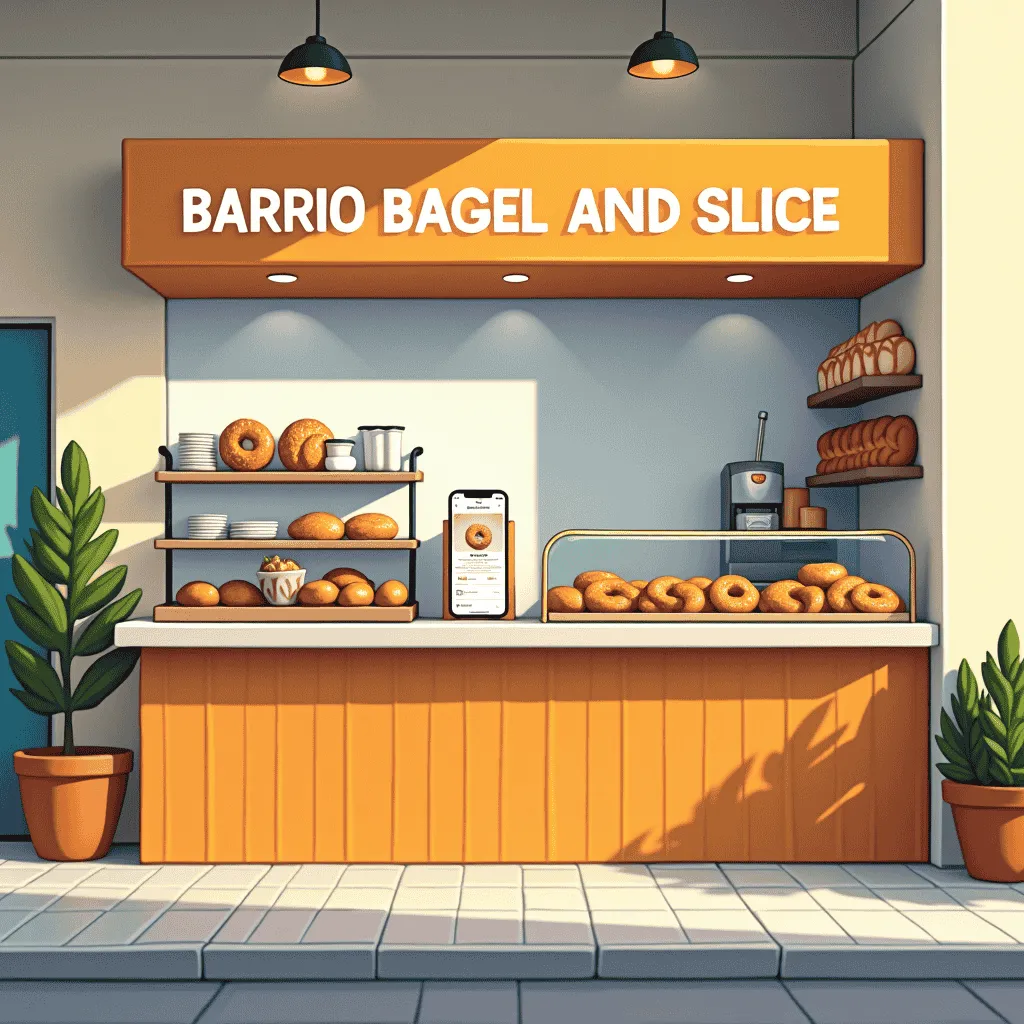


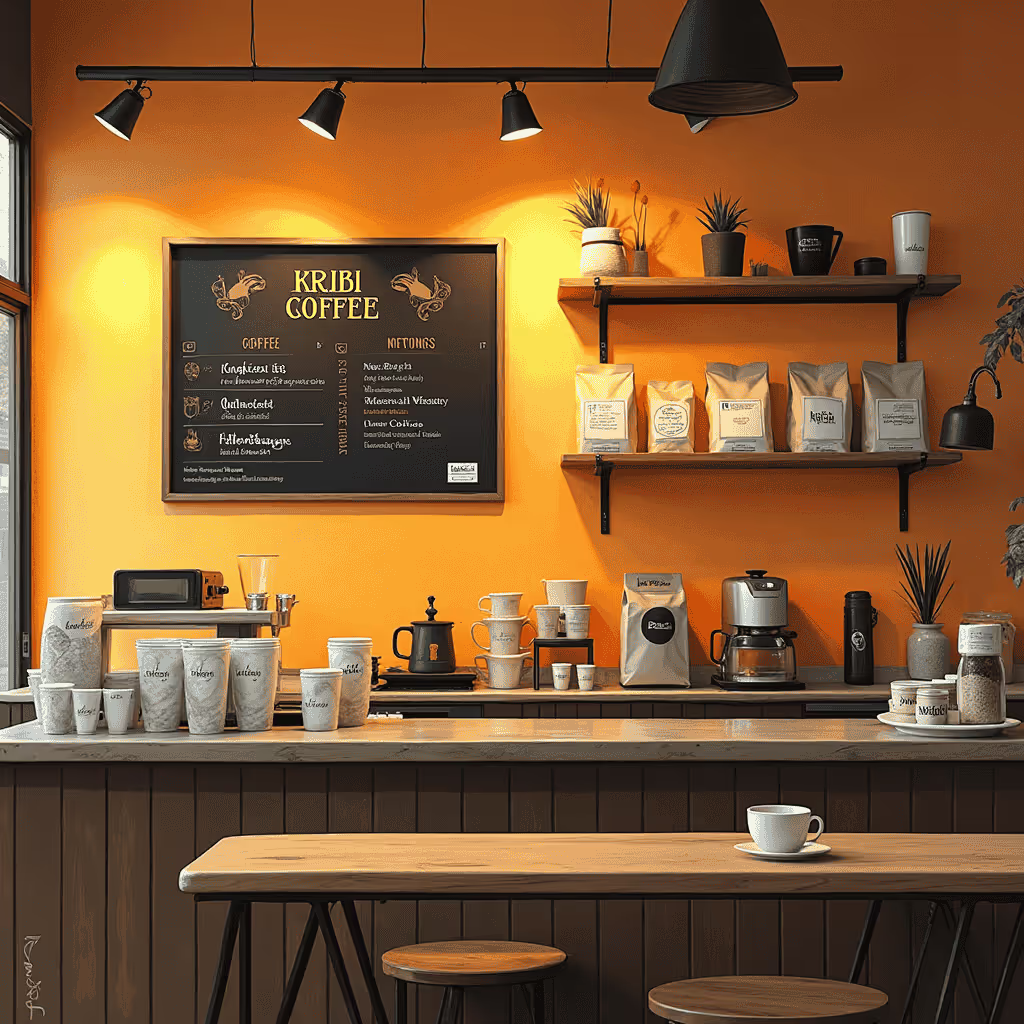
.avif)



.avif)
.avif)

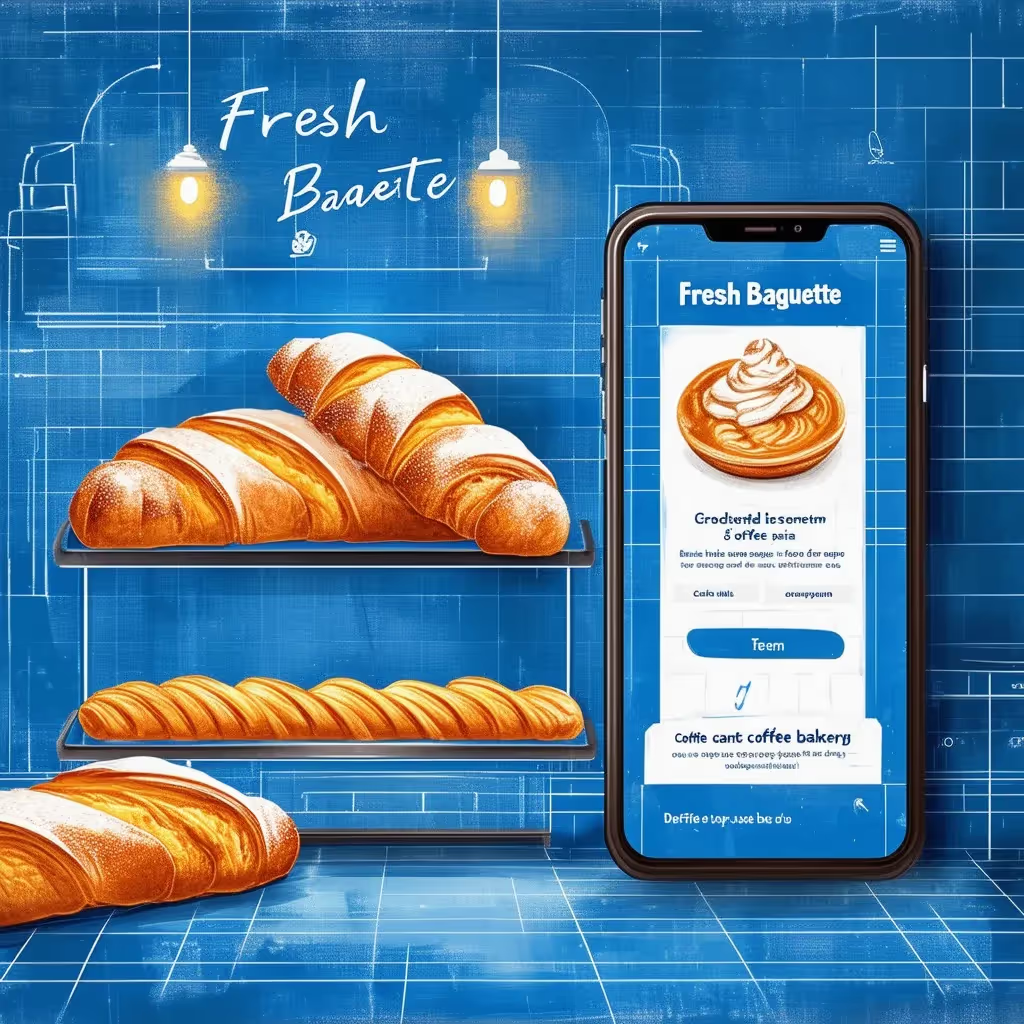
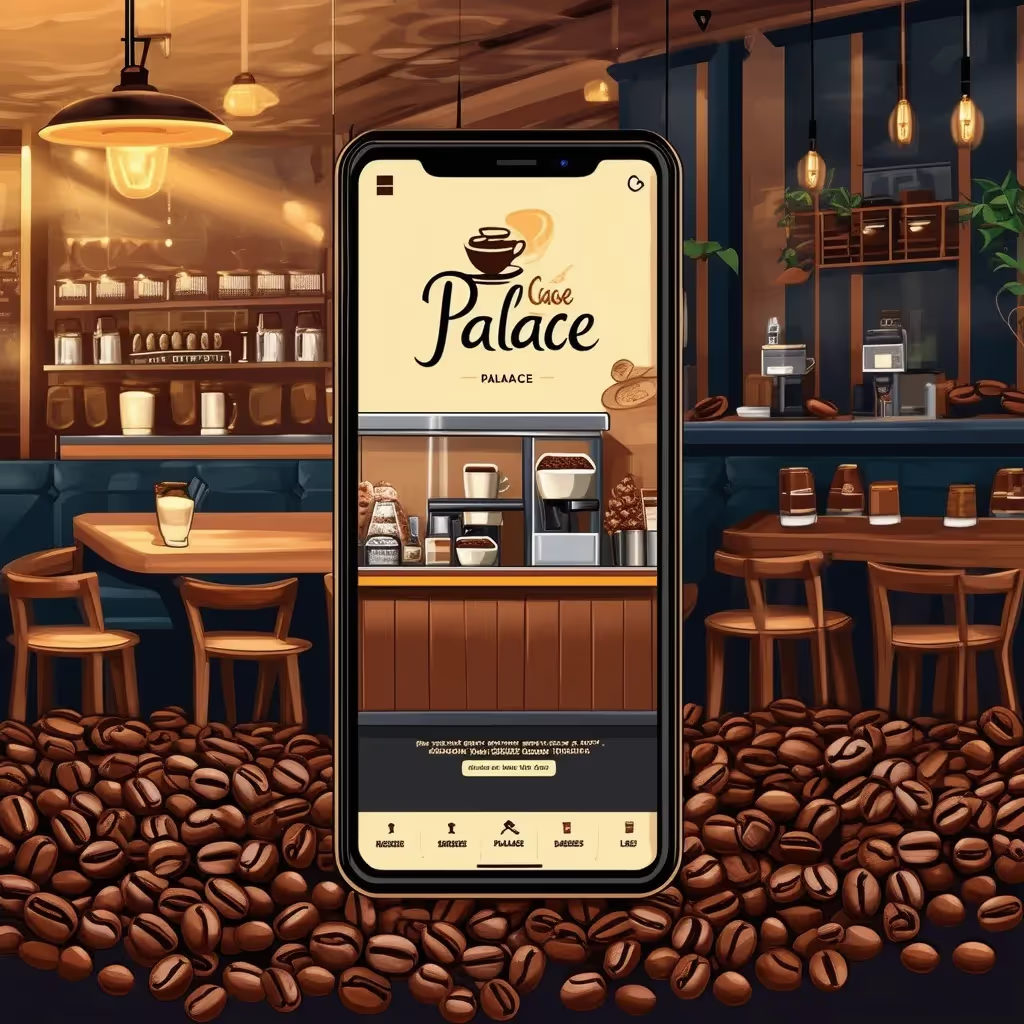

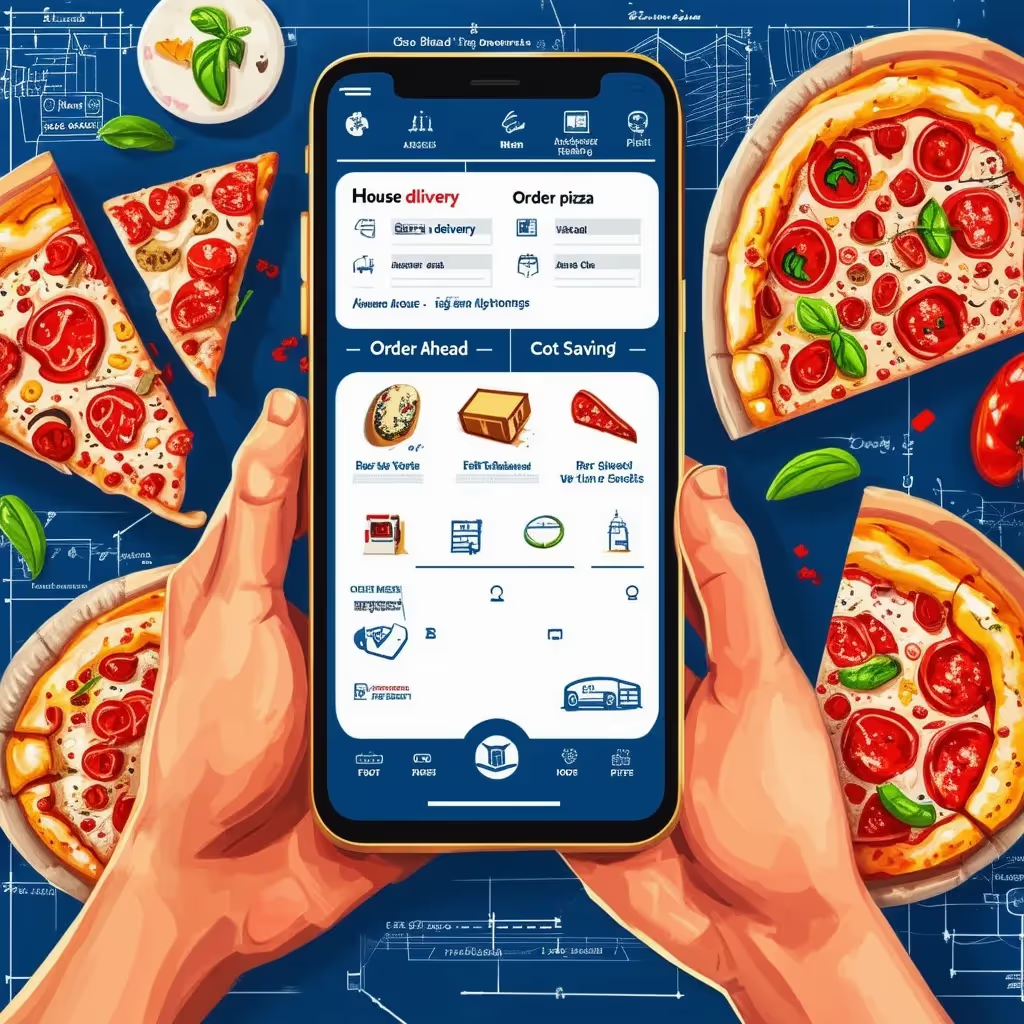











.avif)





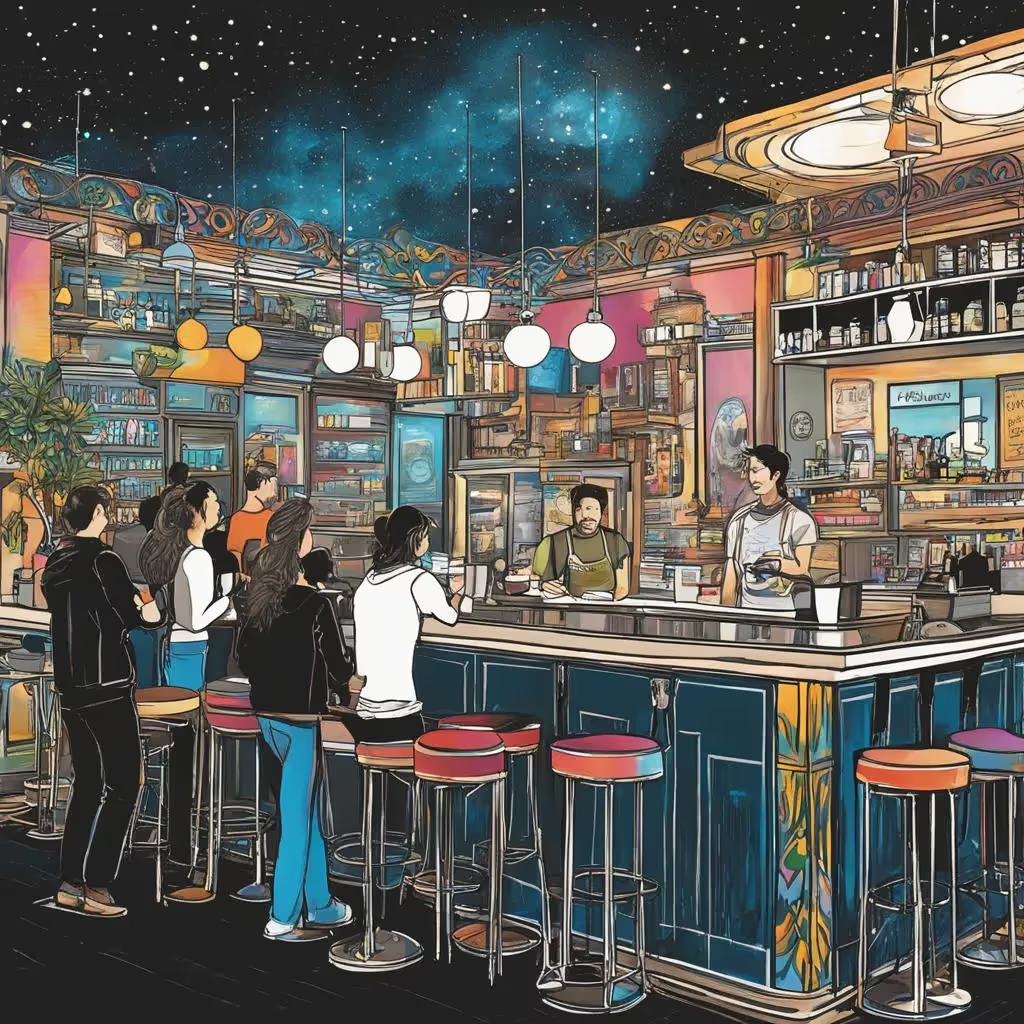


.avif)










